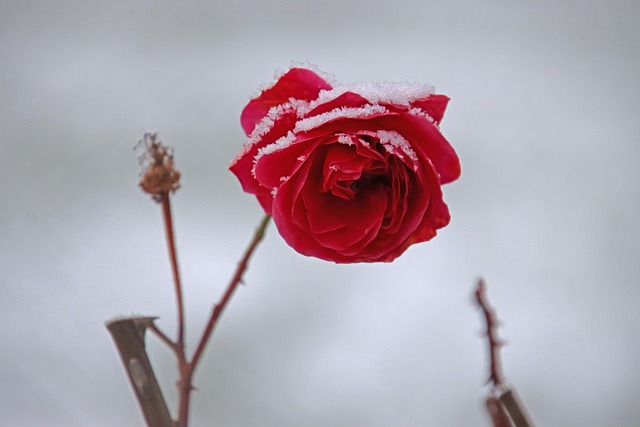Blooming Together: Exploring Plant Symbioses in Flowers
In the vibrant world of flowers, where color and fragrance dance in the breeze, the magic of plant symbioses unfolds. These delicate ecosystems remind us of the beauty of partnership and the strength found in unity. Just as flowers bloom towards the sun, thriving together in their shared environment, we too can find inspiration in their interconnectedness.
The Dance of Diversity
Take a moment to stroll through a garden bursting with petals. You might notice the stunning interactions among various species. Flowers aren’t solitary beings; they engage in intricate relationships with other plants, insects, and even fungi. The famous mutualism found in many flower species showcases how different organisms can enhance each other’s survival and reproduction. For instance, consider the relationship between orchids and their pollinators. Orchids often mimic the pheromones of female insects, attracting males who unwittingly help in the plant’s reproductive process. This dance of deception and assistance is nature’s ingenious way of fostering biodiversity.
Aromas of Cooperation
Among the most enchanting aspects of plant symbioses is the aromatic offerings of flowers that allure various pollinators. By producing sweet nectar, flowers not only entice bees and butterflies but also contribute to the ecosystem’s health. As these pollinators move from one bloom to another, they ensure successful fertilization, leading to the flourishing of future generations. The relationships developed here resonate with our own lives, highlighting the value of cooperation and participation within our communities.
Roots of Relationship
Below the surface, the roots of flowers weave an even more complex network. Mycorrhizal fungi form symbiotic partnerships with plant roots, enhancing nutrient uptake. In return, these fungi receive carbohydrates produced through photosynthesis. This underground alliance reinforces the flowers’ vitality, illustrating how connections can nourish us in more ways than one. Just as flowers depend on their relationships with fungi, we often find strength through our connections with others, learning that support systems are vital for thriving in life.
Colorful Conversations
The vibrant hues of flowers also play a role in their symbiotic relationships. Many blooms have developed traits specifically to attract certain pollinators, with color patterns acting as a language of sorts. The mesmerizing blues of a delphinium can draw in bees, while the fiery reds of a cardinal flower call to hummingbirds. Each shade invites a specific visitor, creating a tapestry of interactions that is both beautiful and functional. Just as we seek connection through communication, flowers illustrate the importance of expressing our unique identities to foster relationships with the right “pollinators” in our lives.
A Garden of Interconnection
As we delve into the enchanting world of flowering plants and their symbiotic relationships, we’re reminded of the profound lessons these natural partnerships teach us. Plant symbioses are a celebration of harmony, cooperation, and resilience. Whether it’s the way flowers invite pollinators or how roots nourish each other, these interconnected systems serve as a rich metaphor for our own communities. Like flowers, we bloom best when we nurture our bonds with others, creating vibrant spaces filled with life and color.




